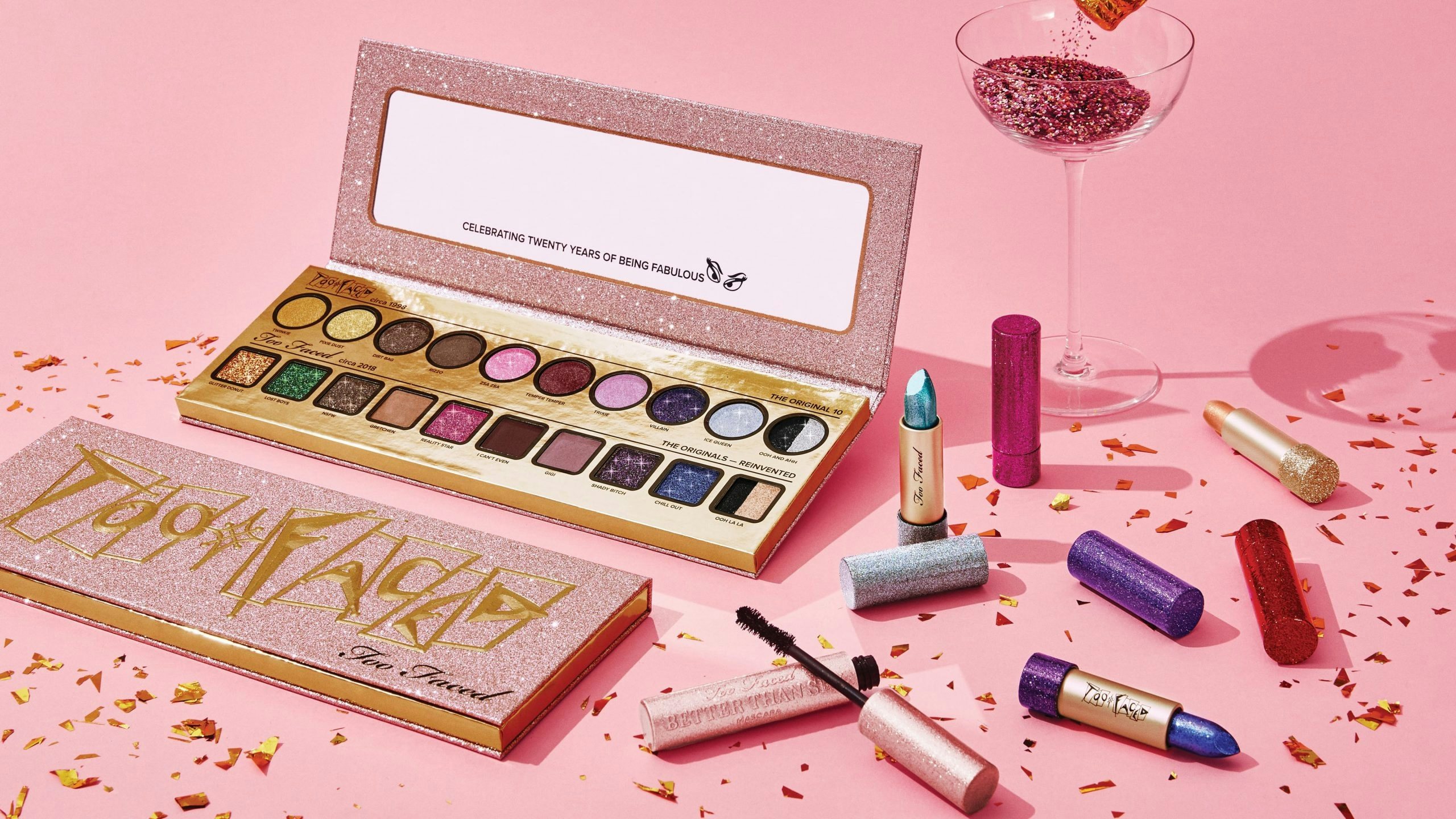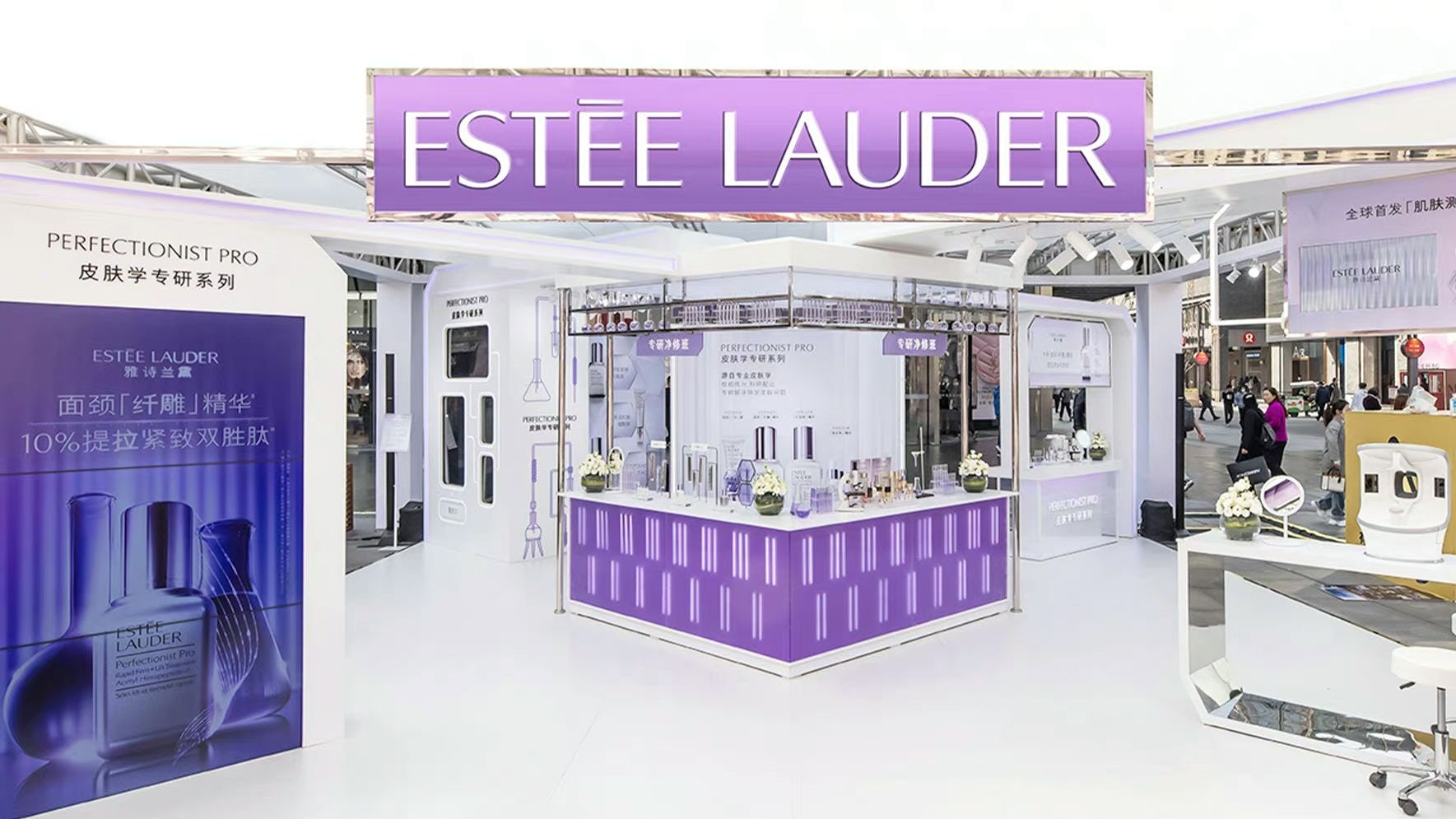Estée Lauder is facing some growth headwinds in the crucial Chinese market which is opening a gap between its main line and its smaller, niche labels. Take Too Faced, the California-based beauty label acquired by American cosmetics giant in 2016. On June 30, Jiemian News reported that will close its store on Tmall Global starting this August. Afterward, consumers in mainland China will only be able to purchase products through the Australian beauty platform Mecca.
Less than a month later, its skincare and facial mask company Glamglow had also disappeared from Tmall and WeChat. Other beauty houses owned by the conglomerate (such as Clinique, Origins, and Darphin), have been underperforming in China as well, with their sales in some malls declining by as much as over 60 percent year-on-year in the first half of 2022. Although they have yet to exit the country, they risk having their presence reduced.
In contrast, the flagship line remains a competitive player. During this year’s “618” e-commerce shopping festival, it claimed the second spot on Tmall’s beauty sales list with an estimated revenue of roughly 170 million (1.16 billion RMB), only behind L’Oréal’s 190 million (1.31 billion RMB). Meanwhile, Estée Lauder-owned premium skincare brand La Mer claimed the sixth spot with 74.6 million (504 million RMB) in sales.
What explains the performance disparity between Estée Lauder and these smaller lines? Below, Jing Daily takes a closer look at the group's struggles and whether it can continue to count on China as its primary engine for growth.
The woes of niche beauty#
The difficulties faced by the likes of Too Faced, Glamglow, and Darphin in China could be attributed to several factors. One is that these smaller brands lack a strong social media presence to attract Chinese consumers. For instance, Too Faced has only 30,000 followers on Xiaohongshu despite joining the lifestyle platform in 2019. This pales in comparison to major beauty houses’ Chinese social media presence; Lancôme and L'Oréal have 473,000 and 371,000 followers on Xiaohongshu, respectively.
According to Allie Rooke, China beauty consultant and the founder of Clean Beauty Asia, the China beauty market demands immense marketing commitment from brands if they want to be successful in the long term. While Too Faced signed Chinese idol Lareina Song to be its spokesperson in 2020 and created a lot of traction, the brand did not continue to make similar promotional investments and the hype quickly dried up.
China’s increasingly saturated color cosmetics and masks market poses another major challenge to niche brands’ growth. The rise of C-beauty elevated the importance of storytelling to a new level when appealing to young local consumers. By comparison, it is hard for small, foreign beauty brands to integrate Chinese cultural elements in their campaigns and sustain emotional connections with consumers when they lack the public recognition of renowned international brands such as L’Oreal and Shiseido.

Case in point: Glamglow. Its initial popularity stems from being an exclusive mask product that only circulated within Hollywood’s celebrity circle. Such a background attracted the curiosity of domestic shoppers for a while, but it proved difficult for it to prolong the momentum and become more relatable to the average consumer. Additionally, the pandemic reduced the demand for cosmetics and made consumers more conservative about their purchases. As such, it is easy for them to choose cheaper alternatives especially when Glamglow masks retail for over 500 RMB (74).
China’s importance to Estée Lauder#
Despite the market uncertainties and lukewarm consumer sentiment, Chinese consumers are still the most crucial consumer group for Estée Lauder. In the fiscal year 2021, which ended on June 30, 2021, it reported net sales of 16.2 billion, compared to 14.3 billion in the fiscal year 2020. Mainland China, including from travel retail locations, accounted for 36 percent of total net sales, a 12 percent increase from the previous year. This surge in China was primarily led by the skincare products of Estée Lauder, La Mer, and Dr. Jart+.
In the third quarter of this financial year, which ended on March 31, 2022, Estée Lauder totaled 4.2 billion, up from 3.9 billion in the same period last year. However, lockdowns in early 2022 notably disrupted operation in the country. Net sales in the Asia-Pacific region declined from 1.25 billion in the first three months of 2021 to 1.2 billion in 2022, “primarily driven by Greater China due to reduced retail traffic and limited capacity in the Shanghai distribution facilities in compliance with temporary restrictions to prevent the spread of COVID-19”.
Nevertheless, it is banking on the world's second largest economy to sustain its growth in the near future. As CEO Fabrizio Freda stated, “we are confident that our business in China will rebound when COVID abates and accelerate our momentum.”

Facing a future of shifting priorities#
The exit of Too Faced and Glamglow from China, as well as the difficulties of Estée Lauder’s other labels, should serve as a wake up call for the company. For niche brands to succeed here, they need to target a specific skincare sector. Rooke identifies premium dermatology as a gap in its current China portfolio that has tremendous growth potential.
Moreover, the company could make more local acquisitions or incubate new brands to make their products better fits for the China market. Major competitors L’Oréal and Shiseido both set up investment companies in the country earlier this year to better adapt to its ever-evolving beauty market. With its financial prowess and popularity, Estée Lauder could benefit from following suit.

